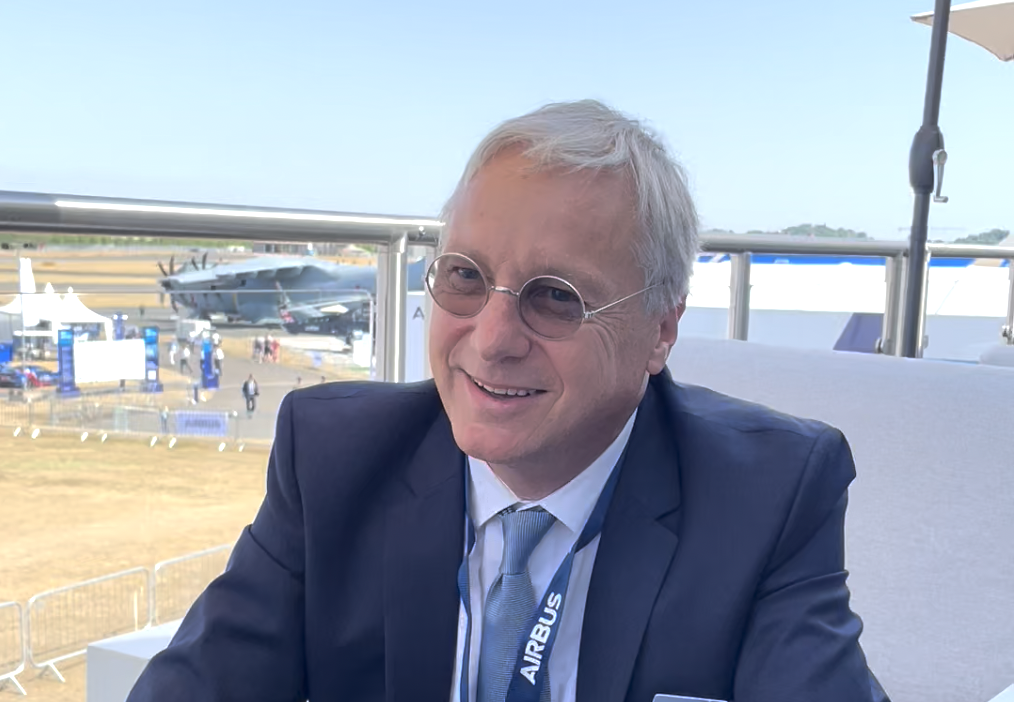
FARNBOROUGH—Airbus Chief Commercial Officer Christian Scherer expects a steady increase in widebody rates over the next several years, as the manufacturer continues to see signs of returning demand for long-haul aircraft.
“We could be in a much more severe undersupply situation than in the single-aisle market,” Scherer tells ShowNews on the sidelines of the Farnborough Airshow. “We see increased demand for widebodies.”
Airbus is currently producing five A350s and two A330neos per month. The OEM has already confirmed its intention to raise A330neo production to three aircraft by the end of the year and A350 output to six aircraft in early 2023. At its peak, Airbus delivered 108 A330ceos in 2014, which was equivalent to an official rate of 10 aircraft per month. Output has declined over the years to just 16 aircraft—counting both A330ceos and A330neos—in 2021. Maximum A350 deliveries were reached in 2019 when Airbus put out 112 aircraft. It delivered 55 in 2021.
Airbus CEO Guillaume Faury had said in a recent Aviation Week interview that Airbus could decide to grow widebody production sooner than many expect. Scherer did not commit to specific timing or rates. A doubling of production would take the manufacturer to a combined 15 widebody aircraft. In 2019, Airbus delivered 165 widebodies, so far the maximum number built.
Because any potential rate increases would likely come in small steps, Scherer expects delivery times for widebodies to increase significantly over time before supply catches up with demand.
As the industry gathers in Farnborough, it is facing severe macroeconomic headwinds such as inflation, rising interest rates, a strengthening dollar and very expensive fuel. Of those, Scherer believes inflation is the most troubling issue. “Inflation is a reality that we have to address in the eco-system,” he says. “It affects everyone in the supply chain and the risks are significant.”
By contrast, Airbus is not yet feeling headwinds from the rising interest rates. “There is still sufficient appetite in the financing market,” he adds.
Airbus did not announce an order on the first day of the show, though four Chinese airlines signed up for close to 300 aircraft in the run up to Farnborough. Airbus had been working on the commitment for years and the order came “very late” in the 14th plan. “It was a long, long process,” Scherer says. He believes China ultimately moved ahead because the airlines realized they were starting to lose production slots.
The manufacturer is struggling to increase narrowbody production to meet its target of 720 deliveries (combined with widebodies) for 2022. But Scherer says that he is “pleased with Airbus’ performance—I just wish I had more aircraft to sell.”
Scherer says that it was “a bit frustrating” that some of its suppliers “would not listen” when the company had put out its medium-term production targets last year. On the other hand, he concedes that “one has to understand [the pandemic] has been quite traumatic” for the supply chain. For the first time since the 2008 global financial crisis, the industry came to a “violent standstill.”

